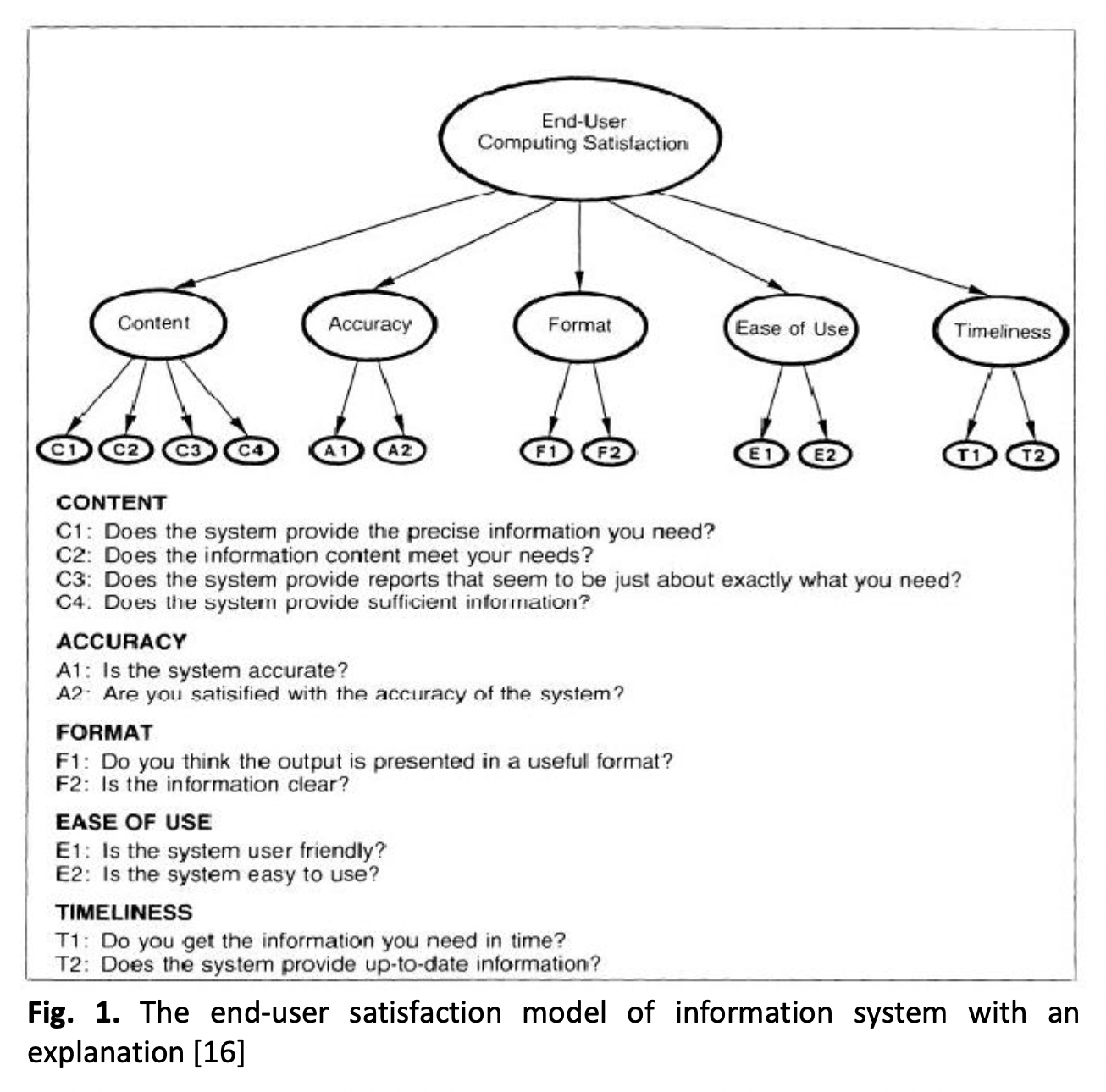Design Requirements on Web-Based Ancestry Platform for Islamic Family Inheritance in Malaysia
DOI:
https://doi.org/10.37934/araset.32.3.2642Keywords:
Inheritance distribution, data visualization, design requirements, challenges, Malaysia, E-Faraid, MAIS, Ancestry PlatformAbstract
The Islamic inheritance system is typically explained through the concepts of wasiat (will), hibah, and faraid. In Islam, there is no limit on transferring property during a person's lifetime, but the distribution of inheritance upon death is subject to the rules of faraid and will. The delay in claiming inheritance rights for many Muslim families can lead to the accumulation of unclaimed estates and frozen assets that cannot be distributed to eligible heirs. This study aims to identify the challenges and issues with the traditional methods of inheritance distribution and propose improvements for the existing Ancestry Platform for Islamic Family Inheritance in Malaysia This study was designed as a qualitative approach that consists of five stages, which are Planning, Research Design, Data Collection, Data Analysis, and Documentation. This research has adopted Technology-Organization-Environment (TOE) Framework as part of the research scope and semi-structured interviews were conducted with the representatives from the Selangor Islamic Religious Council (MAIS) to identify the root cause of the inheritance distribution problem. The data collected was analysed using the Content Analysis method. This paper will propose the inclusion of documentation collections and family tree features as elements of the Ancestry Platform. These improvements could be useful for future developers or institutions looking to implement the platform.
Downloads




























